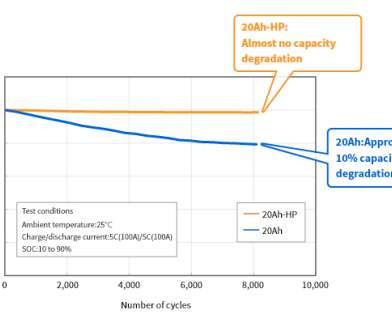Ford concentrates on control strategies for low-cost start-stop system for Fusion
Green Car Congress
JULY 19, 2012
Fast recharge of the battery during these micro-cycles under a broad range of real world usage conditions, like temperature and driving profiles, is a pre-requisite for consistently high availability of stop/start and other essential functions for the customer. It is a more durable 12V lead-acid battery. 2011.12.045.














Let's personalize your content